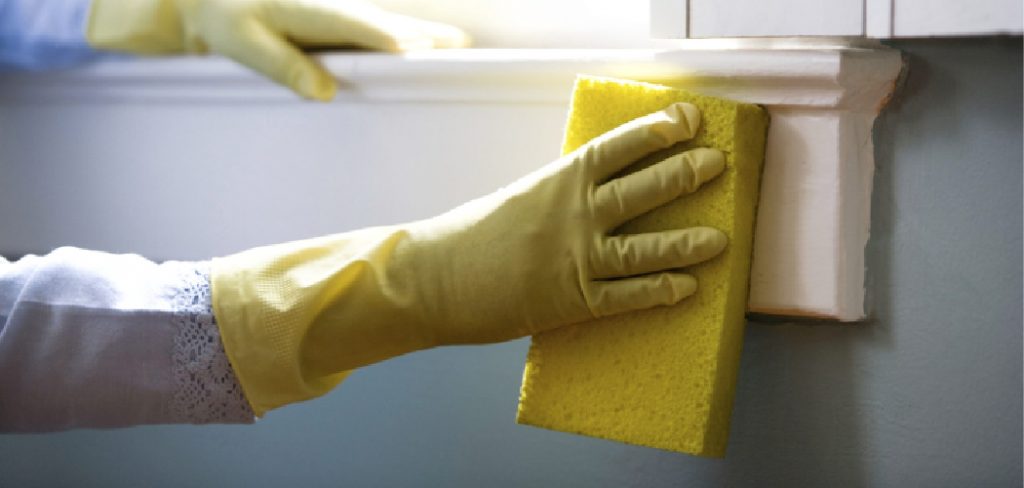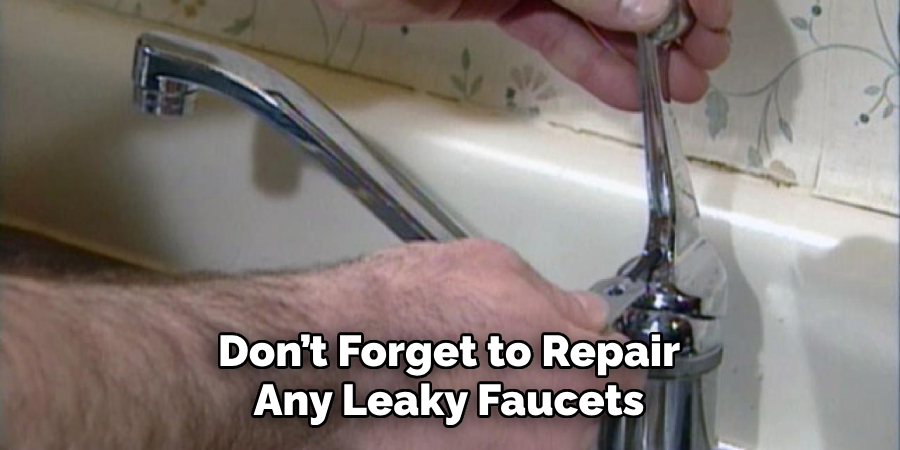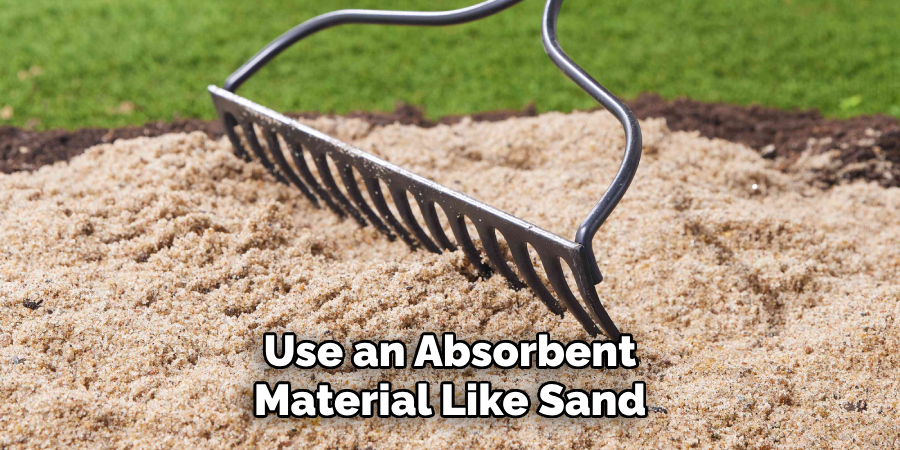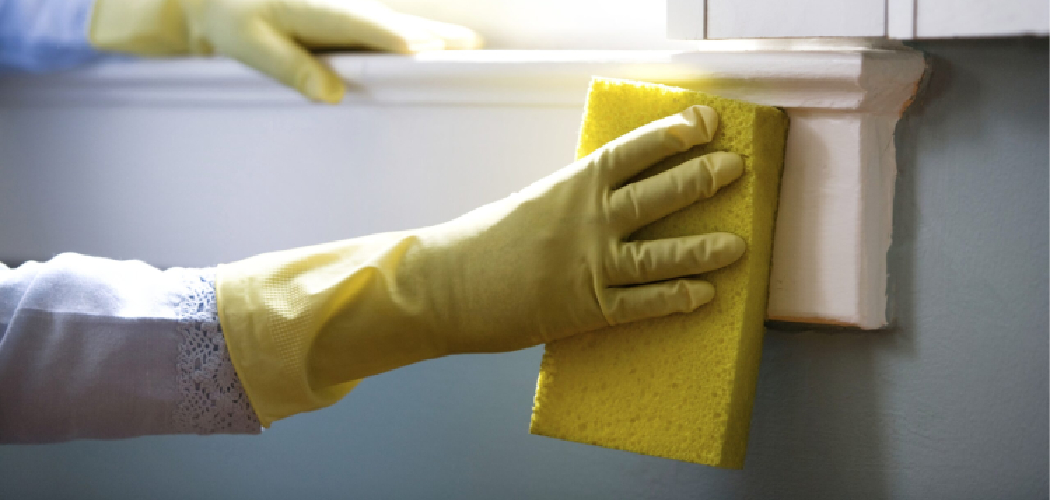Do you have a bathroom that is humid and prone to moisture? Keeping your bathroom dry is key to preserving the health of its surfaces and occupants. From musty odors to mildew growth, the effects of excess humidity can be costly and dangerous if not checked.

Maintaining a dry and well-ventilated bathroom is key to making sure it stays fresh and free from bacteria and mold. With the right preparation, you can ensure your bathroom remains free of water damage and other potential problems.
In this post, we’ll look at how to keep bathroom dry with some simple tips on moisture prevention, ventilation strategies, and ways to manage humidity levels in the room. Read on to learn more about keeping your bathroom safe and healthy!
What Will You Need?
Before you start trying to keep your bathroom dry, it’s important to be sure that you have all the necessary supplies. Here are some things you may need to make sure you have on hand:
- • Bathroom Ventilation Fan
- • Dehumidifier
- • Exhaust Fan (optional)
- • Moisture Absorbing Materials (desiccant packs, silica gel, etc.)
Once you have all the supplies, you can keep your bathroom dry.
10 Easy Steps on How to Keep Bathroom Dry
Step 1. Improve Ventilation:
Make sure your bathroom has good airflow and ventilation to exchange stale air with fresh air from outside. Installing an exhaust or ventilation fan is a great way to achieve this. Keep the fan running throughout the day to help reduce moisture in the air.
Step 2. Wipe Down Surfaces After Showering:
Moisture can quickly build up in areas like the shower and tub, so wipe down these surfaces after each use. This will help reduce excess moisture in your bathroom. You can also use a squeegee to help remove excess water from the shower walls and door.
Step 3. Install Moisture-proof Materials:
Installing moisture-resistant materials such as tile or laminate flooring and water-resistant wall coverings can also help keep your bathroom dry by preventing the buildup of moisture on walls and floors. There are also special sealants that can be used to make surfaces water-resistant. As an added bonus, these materials can also help improve the look of your bathroom.
Step 4. Use a Dehumidifier:
If your bathroom is particularly damp, consider installing a dehumidifier. This will help reduce the humidity in the air and prevent excessive moisture buildup in the room. If you don’t have the space, you can also use a freestanding dehumidifier.

Step 5. Place Desiccant Packs:
You can also place desiccant packs around your bathroom to absorb any excess moisture in the air. These are small packets filled with material that absorbs water from the air, so they can be discreetly tucked away and replaced as needed. You can also use silica gel packs to do the same job.
Step 6. Fix Leaks Immediately:
Even if it’s just a small leak, fix it immediately to avoid further damage down the road. If left unchecked, these leaks can contribute significantly to mold growth and other problems associated with moisture buildup in bathrooms. Another way to prevent water leaks is to make sure all your pipes are properly insulated.
Step 7. Use Waterproof Paint:
Using waterproof paint on your walls and ceiling can help prevent moisture buildup in the bathroom as well as make it more visually appealing. You can get special paints specifically designed to repel water, which will also help reduce the risk of mold and mildew growth. Using waterproof paint will also be easier to clean and maintain.
Step 8. Open Window or Door to Allow Air Circulation:
Open a window or door for a few minutes each day to allow air circulation throughout the room. This will help reduce humidity levels and promote better air quality in your bathroom. Remember to close the window or door when you’re done to avoid creating drafts.
Step 9. Install Exhaust Fans:
For larger bathrooms, consider installing an exhaust fan that can be used when showering or bathing. This will help remove steam from the bathroom quickly and efficiently, reducing humidity levels in the process. Keep in mind that the fan should be used only when necessary and turned off after each use.

Step 10 Store Towels & Toiletries in the Cabinet:
Finally, make sure to store all the bathroom towels and toiletries in a cabinet or drawer. This will help keep them away from moisture and reduce the risk of mold growth on them. Remember to wipe them down and store them in well-ventilated areas whenever possible.
By following these easy steps, you can easily keep your bathroom dry and safe from potential problems brought about by excess humidity. With some simple preparation and maintenance, you can ensure that your bathroom remains healthy and fresh for years to come!
5 Additional Tips and Tricks
- Use a squeegee after showering to remove excess water from glass enclosures and walls quickly.
- Open windows or run a fan during and after showering to help reduce humidity levels.
- Repair any leaks and cracks in the walls, floor tiles, and other surfaces to prevent water from seeping.
- Install an exhaust fan vented outside your home rather than into the attic or crawlspace, which will help remove excess moisture from the bathroom.
- Invest in a dehumidifier to reduce humidity levels and keep your bathroom dry all year round.
Additionally, clean it regularly to maintain efficient operation.
These simple tips can help ensure your bathroom stays dry throughout the year!
5 Things You Should Avoid
- Don’t leave wet towels or clothes around the floor; they can lead to mold and mildew growth.
- Don’t use a damp rug in your bathroom; it can trap moisture, leading to mold and mildew growth.
- Don’t leave shampoo bottles or other toiletries near water sources like showers and bathtubs since spilled liquid can cause water damage.
- Don’t forget to repair any leaky faucets or pipes; otherwise, you could have serious water damage over time.
- Avoid using scented candles or air fresheners, which can increase humidity levels in the room, exacerbating the problem of keeping your bathroom dry.

By remembering these tips and taking the necessary precautions, you can keep your bathroom clean and dry at all times. Good luck!
Why is My Bathroom Always Wet?
If you’re having trouble keeping your bathroom dry, it could be due to a few different factors. First, if you don’t have proper ventilation in your bathroom, moisture can quickly build up due to steam from hot showers and baths.
Too much humidity in the air can also lead to water vapor condensing on surfaces like walls and floors. Finally, any leaks or cracks in the walls or floor tiles can allow water to seep through and cause persistent dampness.
By following the tips outlined above, you should be able to keep your bathroom dry all year round!
What Chemical Dries Up Water?
You can use a variety of chemical agents to dry up water spills and leaks quickly. Calcium chloride is often used in industrial applications as it has excellent absorption properties, capable of drawing out moisture from wet surfaces.
Sodium bicarbonate or baking soda is also a popular choice for drying up water, as it has an absorbent powder-like consistency that makes it easy to apply on surfaces. Finally, silica gel packets are highly effective at removing moisture from the air, making them ideal for keeping your bathroom dry all year round!
Overall, there are many different chemical agents that can be used to dry up water quickly. It’s important to make sure you use the right ones for your specific needs and take the necessary safety precautions while handling them. Consult a professional if in doubt, as they will be able to provide guidance and advice on how best to keep your bathroom dry.
What Dries Up Water Quickly?
If you’re looking for a quick way to dry up the water, several methods can be used. One of the simplest is to use a shop vacuum or wet/dry vac, which is powerful enough to suck up any excess moisture from surfaces quickly.

Another option is to use an absorbent material like sand, sawdust, or kitty litter. These materials can help soak up any remaining dampness and should be changed out regularly for the best results.
Finally, you can also invest in a dehumidifier which will reduce humidity levels and help keep your bathroom dry all year round.
Overall, these methods are great if you need to quickly remove any standing water or heavy condensation from your bathroom. Make sure to keep these tips in mind, and you’ll be able to ensure your bathroom stays dry all the time!
Conclusion
Keeping your bathroom dry is very important to prevent mildew or other potentially harmful growths from forming. Whether you regularly spray diluted bleach and water on the walls or cover vents with a dryer sheet and change them periodically, there are simple ways to keep your bathroom moisture-free.
This can help prevent any potential problems from too much humidity, such as mold.
In addition, consider adding a dehumidifier if necessary to help keep the air circulating and free of moisture. By doing so, you’ll be able to maintain a healthy environment that is safe and free from any unwanted contamination.
Hopefully, the article on how to keep bathroom dry has provided you with helpful tips and tricks on how to maintain a healthy, moisture-free environment. By following some of these simple measures, you can help ensure your bathroom stays clean and dry all year round!
Good luck!

